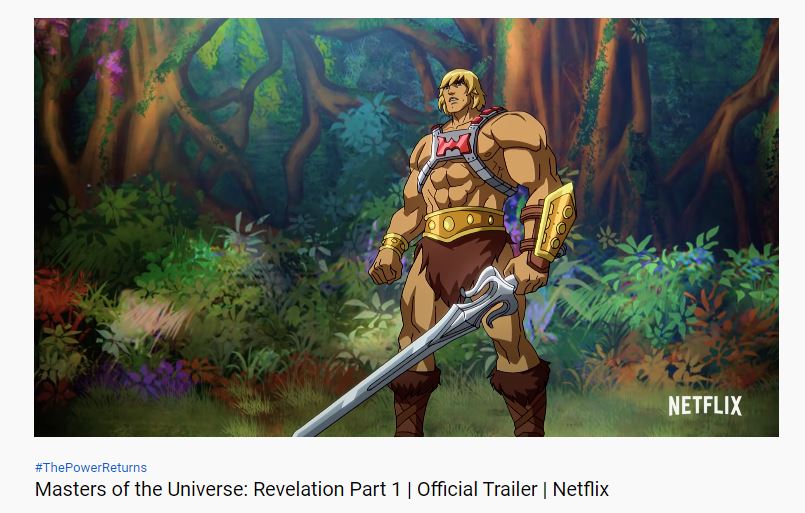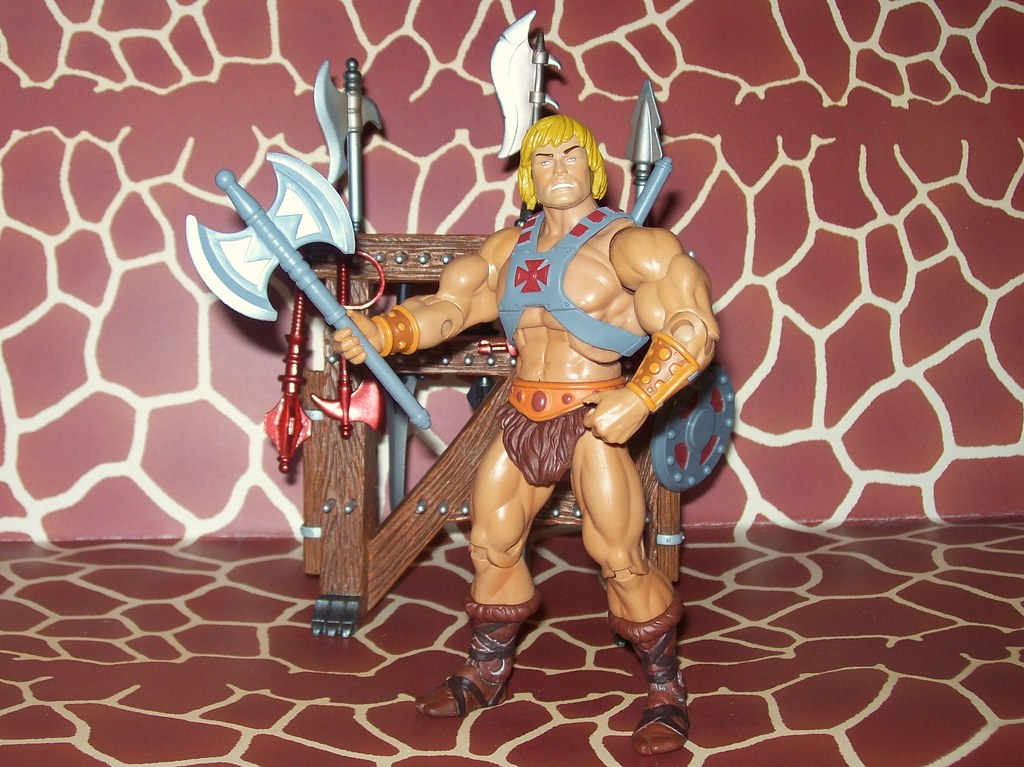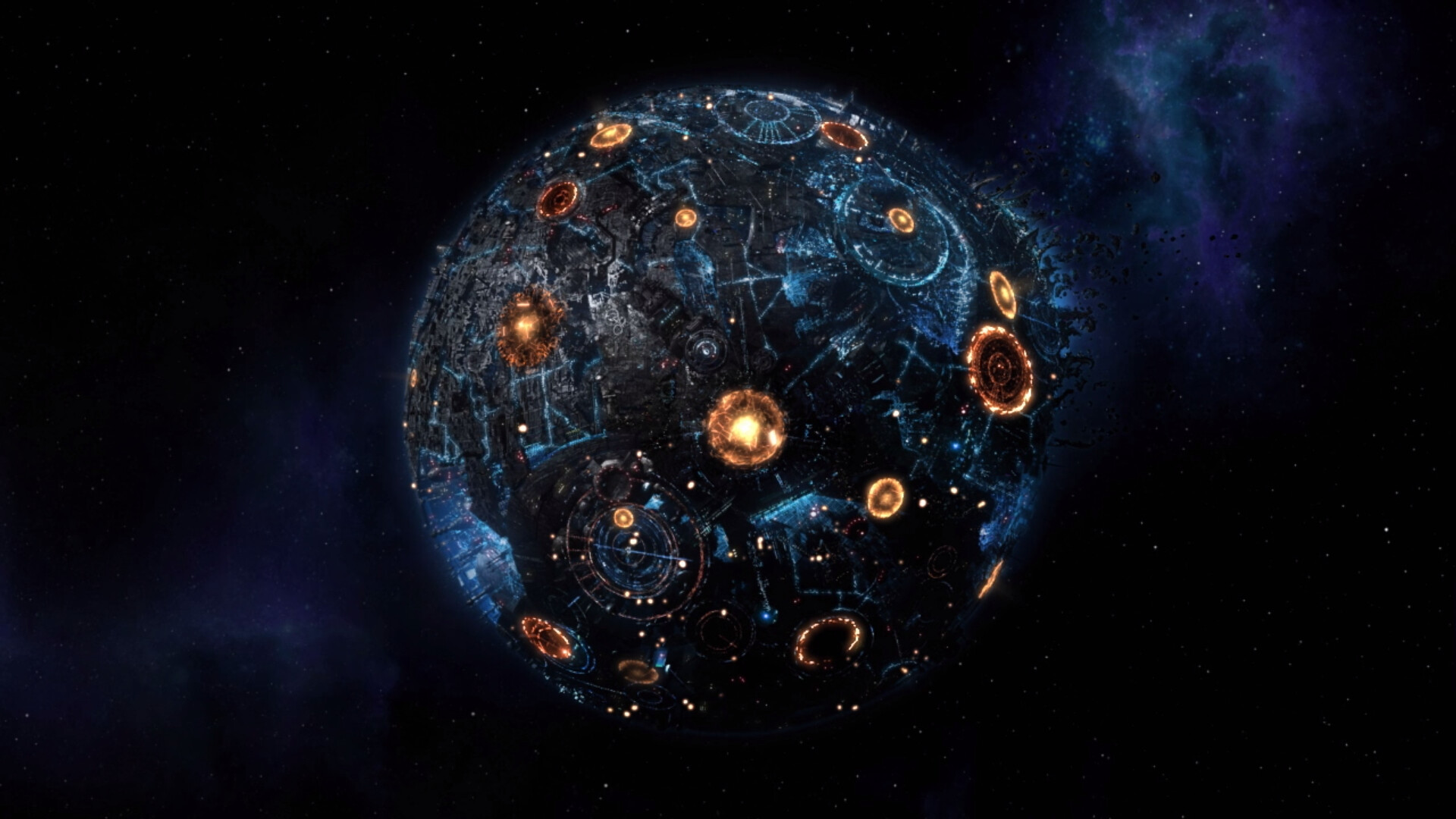Looney Tunes is one of the most iconic animated cartoons of all time. Thanks to Warner Bros and creative figures like Tex Avery, the adventures and misadventures of all of your favorite characters (Bugs, Daffy, Porky, Sylvester, and more) have cemented their place amongst the animated greats. But which episodes have been the most iconic? Look no further than this article, where we’ll run down the best cartoons that Warner has ever offered.
Duck Amuck
This Warner Bros episode features Avery’s favorite Daffy Duck as a musketeer but quickly takes a fourth-wall-breaking turn that defies most of the show’s traditional canon. As Daffy approaches his nemesis, the animator suddenly erases his background. This begins a full episode of meta-level conflict between Daffy and his unseen animator, who constantly shuffles around Daffy’s settings, costumes, and even the soundtrack of the episode! This episode was directed by Warner great Chuck Jones, written by Michael Maltese, and starred Mel Blanc as the voice of the iconic irascible duck. It was first released in 1953, during what is now known as the Golden Age of Animation. This uncharacteristically existential episode marks it as one of our favorite of all time.
One Froggy Evening
First released in 1955, One Froggy Evening is another classic cartoon. As with our previous pick, One Froggy Evening combines the talents of Chuck Jones as director and Michael Maltese as a story writer but features William Roberts as the primary voice actor. In this episode, a humble working man is exploring an old building that is set to be demolished when he happens on a fantastical singing and dancing frog. However, when the worker tries to profit off of the frog, he finds that his newfound star will only perform in front of him when they are alone! This leads to humiliating scenarios where the workman is left empty-handed in front of both a talent agency and a packed theater in which he’s invested his life savings. This episode features Michigan J. Frog, who has not appeared in any successive episodes.
Rabbit of Seville
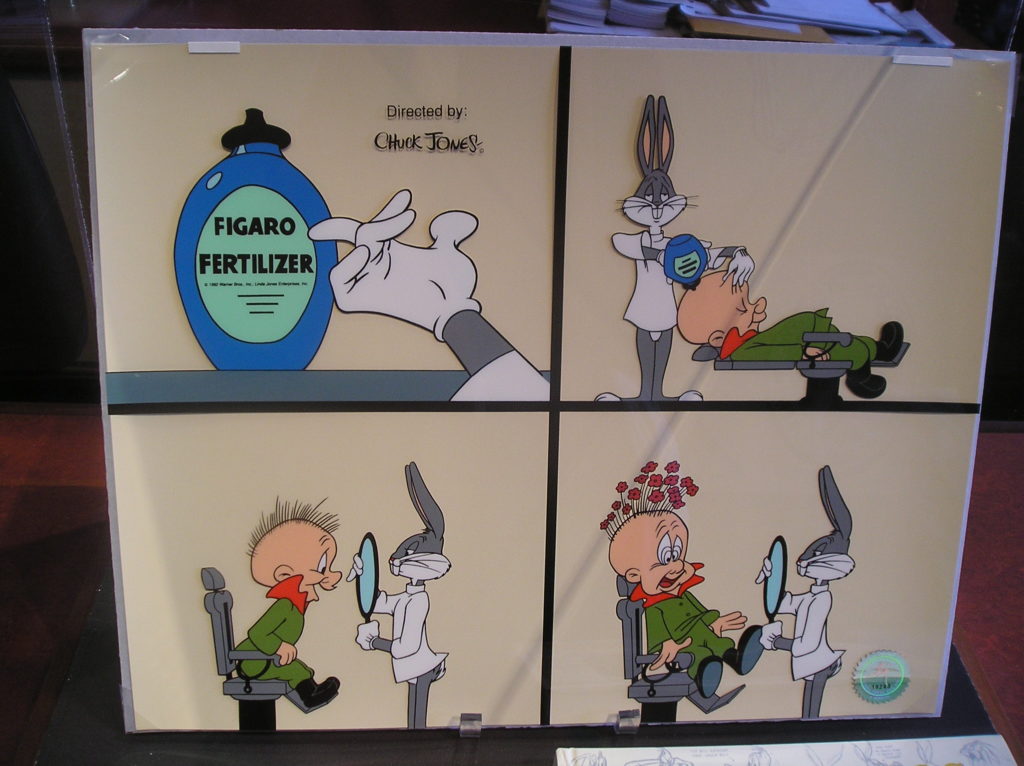
This 1950 cartoon pits the classic Avery characters of Bugs Bunny and Elmer Fudd against one another. Directed by Chuck Jones and written by Michael Maltese, this episode features Mel Blanc voicing the bunny and Arthur Q. Bryan voicing his nemesis. This is one of several episodes from Wacentered around the opera and sees Elmer pursue Bugs through the backstage of the Hollywood Bowl. Eventually, Bugs traps the hunter on the stage and gives the iconic bald nemeses an aggressive haircut in a slapstick gag.
Rabbit Seasoning
Like our previous pick, this 1952 cartoon showcases the talents of Chuck Jones as director, Michael Maltese as a writer, and Mel Blanc and Arthur Q. Bryan as Bugs Bunny and Elmer Fudd respectively. In this episode, Daffy Duck posts an incredible number of signs declaring falsely that it’s rabbit season – when in fact, it’s duck season. This leads to hilarious hijinks, as Daffy Duck and Bugs both try to convince Elmer that the other is the prey that he should be pursuing.
What’s Opera, Doc?
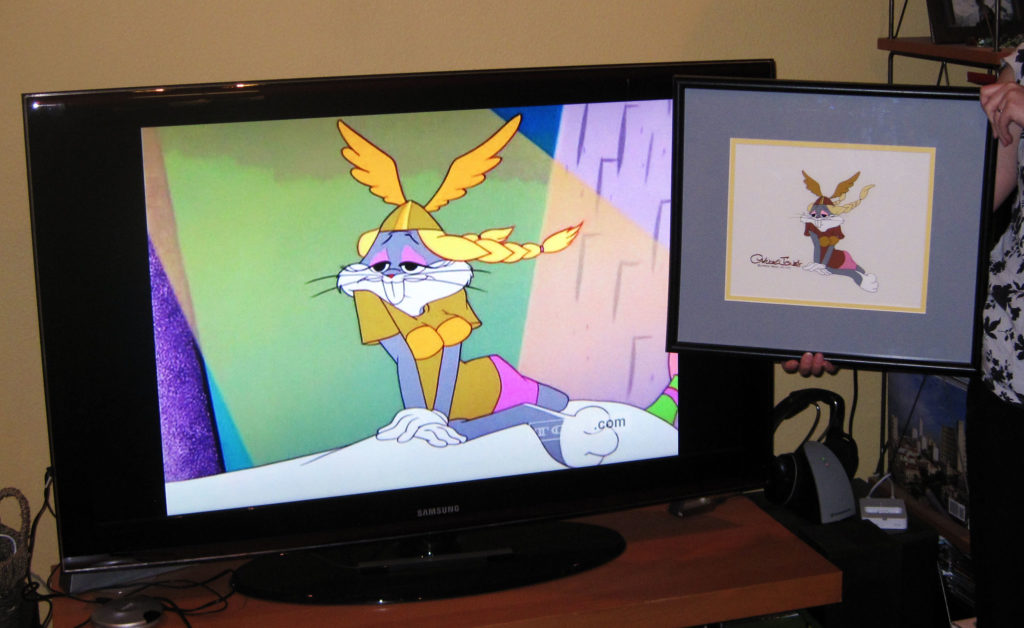
Released in 1957, this cartoon demonstrates the continued star power of the Chuck Jones, Michael Maltese, Mel Blanc, and Arthur Q. Bryan team. Elmer Fudd is reimagined in the guise of operatic demigod Siegfried, while Bugs Bunny disguises himself as the beautiful Valkyrie Brunhilde. This episode features Elmer singing iconic “Kill the wabbit, kill the wabbit” to the tune of Wagner’s Ride of the Valkyries. As is usually the case, Elmer ends up unsuccessful in his pursuit of the wily rabbit. This episode was submitted for Oscar review, but ultimately never made it to Oscar nomination.
Duck Dodgers in the 241/2th Century
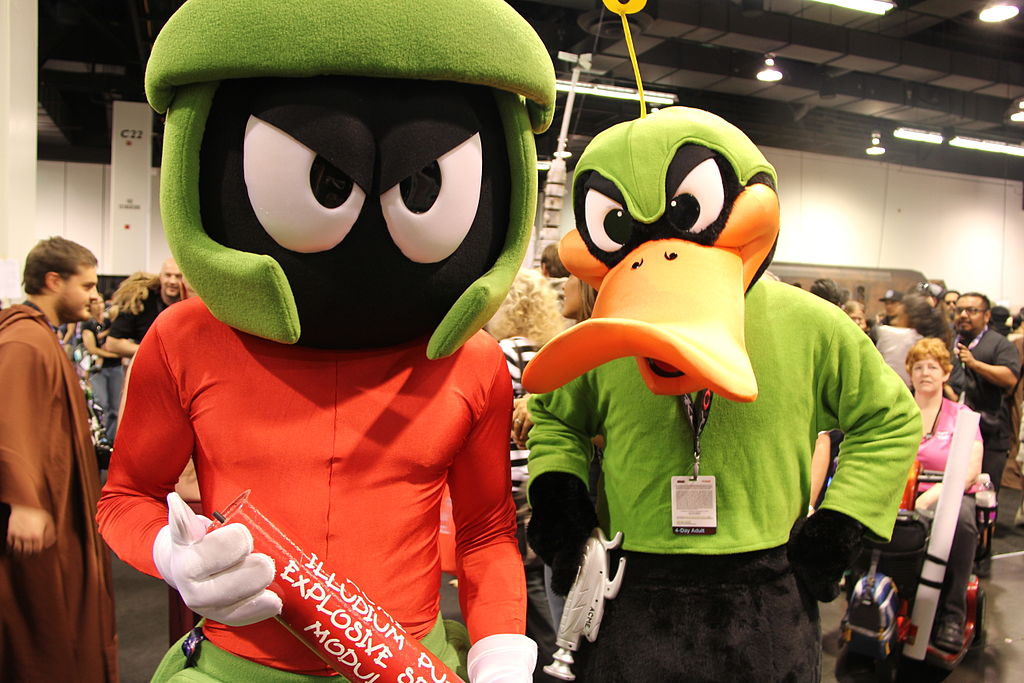
Chuck Jones, Michael Maltese, and Mel Blanc worked together on this extraterrestrial 1953 cartoon. Daffy Duck is reimagined as the intrepid space explorer Duck Dodgers, alongside Avery creation Porky Pig as Young Space Cadet Porky. They travel to Planet X in search of a miraculous shaving cream atom but quickly come across opposition in the form of Commander X-2, the early iteration of Marvin the Martian. This episode was also submitted for Oscar review, but unfortunately never made it to the Oscar stage.
Hare-Way to the Stars
Chuck Jones, Michael Maltese, and Mel Blanc reunite in another interstellar adventure in this 1958 cartoon. When Bugs Bunny awakens from a hangover, he finds that a rocket ship has been parked over his hole. After he climbs inside, Bugs is taken to the home planet of Marvin the Martian, where he must thwart Marvin the Martian’s plan to blow up the entire Earth! This episode is particularly notable for Marvin the Martian’s use of three expendable Martians to try and stop Bugs.
Feed the Kitty
In this 1952 cartoon, Chuck Jones, Michael Maltese, and Mel Blanc are joined by the vocal talents of Bea Benaderet as the unseen mistress of Marc Anthony, a fierce bulldog with a heart of gold. Upon finding Pussyfoot, an incredibly cute kitten, Marc Anthony must go to extreme ends to prevent her discovery by his domineering mistress, who has prohibited any new guests inside the house. This episode feels like somewhat of an inverse from the usual dynamic between Sylvester and Tweety.
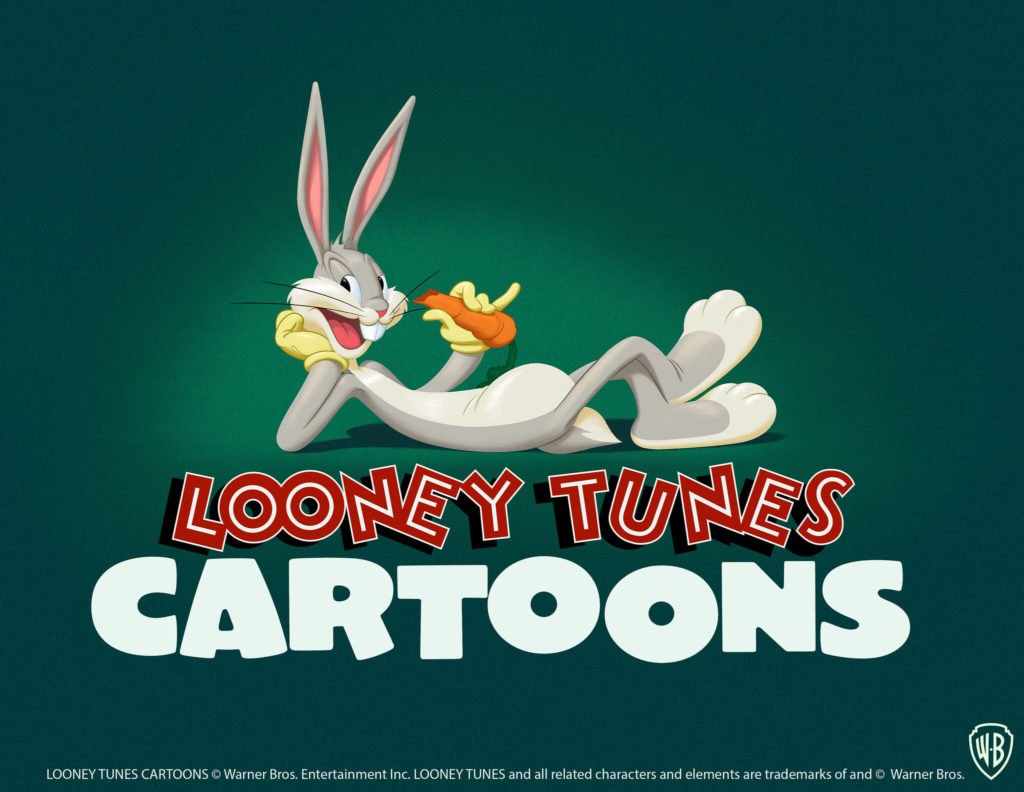
Bully for Bugs
This 1953 cartoon unites Chuck Jones, Michael Maltese, and Mel Blanc once more. Avery trickster Bugs Bunny makes his signature “wrong turn at Albuquerque” and ends up in a bullring, where he must take the place of a recently defeated matador. After failing in his initial attempt to tame the bull, Bugs returns with an impressive arsenal of improvised weapons and slapstick devices. Ultimately, Bugs is successful in a way that Wile E. Coyote could only dream of!
Robin Hood Daffy
This 1958 cartoon from Warner Bros brings together the talents of Chuck Jones, Michael Maltese, and Mel Blanc. In this cartoon, Daffy is a hapless Robin Hood who overwhelmingly fails to convince everyone around him, including a Friar Tuck played by everyone’s favorite pig, Porky Pig, that he is the real deal.
Hair-Raising Hare
In this 1946 cartoon, Chuck Jones as director and Mel Blanc as voice actor are joined by Tedd Pierce on a story. Bugs Bunny is lured into a mad scientist’s castle lair by a seductive robot in the shape of a female rabbit. The evil doctor wants to feed our rabbit hero to his huge monster, characterized by a huge mass of orange hair and large sneakers. This monster’s name is either Gossamer or Rudolph, depending on what source you ask. But true to his nature, Bugs soon takes the upper hand, coming up with a series of increasingly more complicated contrivances to escape the clutches of the evil scientists and his monster. This episode features a fourth wall gag, including Bugs addressing the audience and saying that he will now exit “through the front door, stage right.”
Long-Haired Hare
Chuck Jones, Michael Maltese, Mel Blanc, and Nicolai Shutorev collaborate on this 1949 cartoon from Warner Bros. Bugs Bunny comes to blows with opera star Giovanni Jones, as the two are trying to rehearse their music at the same time—Giovanni with his opera, and Bugs with a banjo, tuba, and harp. Giovanni breaks each of Bugs’ instruments, leading our heroic hare to declare war. In the cartoon’s most notable scene, Bugs demonstrates his ability to affect real-world events through conducting motions in a slapstick gag, forcing the irritable opera singer to sing to exhaustion.
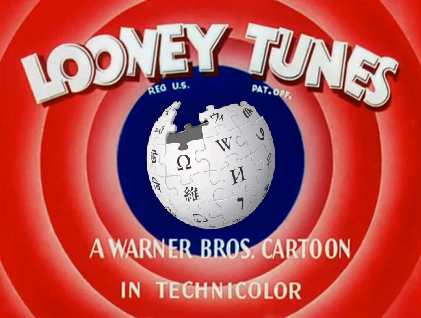
Don’t Give Up the Sheep
This 1953 episode reunites the classic team of Chuck, Michael, and Mel. Ralph the sheepdog, and an unnamed wolf who bears an uncanny resemblance to Wile E. Coyote, clash when the wolf tries to get his hands on some of Ralph’s sheep. The wolf tries a variety of creative cartoonish means to get his way, including fiddling with the sheepdog’s clock, digging a tunnel, swinging across on a vine, and even buying a wildcat (different from Sylvester, though) from the Acme corporation. Despite the wolf’s best efforts, Ralph manages to deflect all of his attacks in impressive fashion, including seeing through the wolf’s final ruse—posing as Fred, the sheepdog on the night shift.
Operation: Rabbit
Our classic trio of Chuck Jones, Michael Maltese, and Mel Blanc collaborate once more on this 1952 cartoon. In an unusual crossover, we see Wile E. Coyote and Bugs Bunny pitted against one another. Unfortunately, the sneaky hare is a far more difficult prey than even the Roadrunner, and Wile E. Coyote sees little success in any of his tactics: a fake door, a certified genius business card, and a farm of tempting carrots all fail to get Wile E. Coyote to his prey.
Fast and Furry-ous
This 1949 episode from Warner Bros combines the talents of Chuck Jones, Michael Maltese, Mel Blanc, and Paul Julian in the first iteration of the timeless struggle between Wile E. Coyote and the elusive Roadrunner. The fact that this is the first Warner Bros release of these two iconic characters guarantees its spot on our list. Over the course of only seven minutes, Wile E. Coyote tries and fails an incredible eleven times to catch his prey. Wile E. Coyote’s combined brains and purchases from the Acme company are nevertheless unable to achieve his long-standing goal.
That’s it for our list of the best Looney Tunes installments of all time! We hope that you’ve had a good trip down memory lane, and maybe you’ve found some new episodes to check out too.






